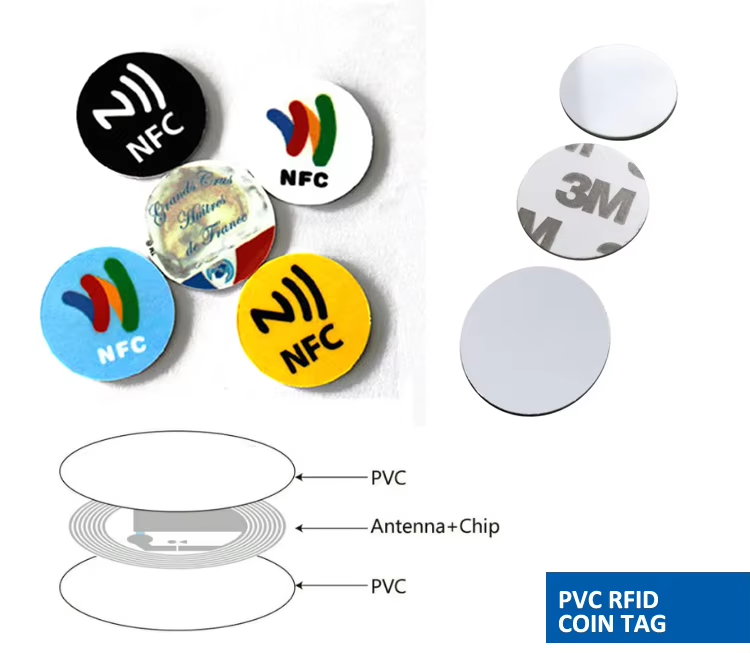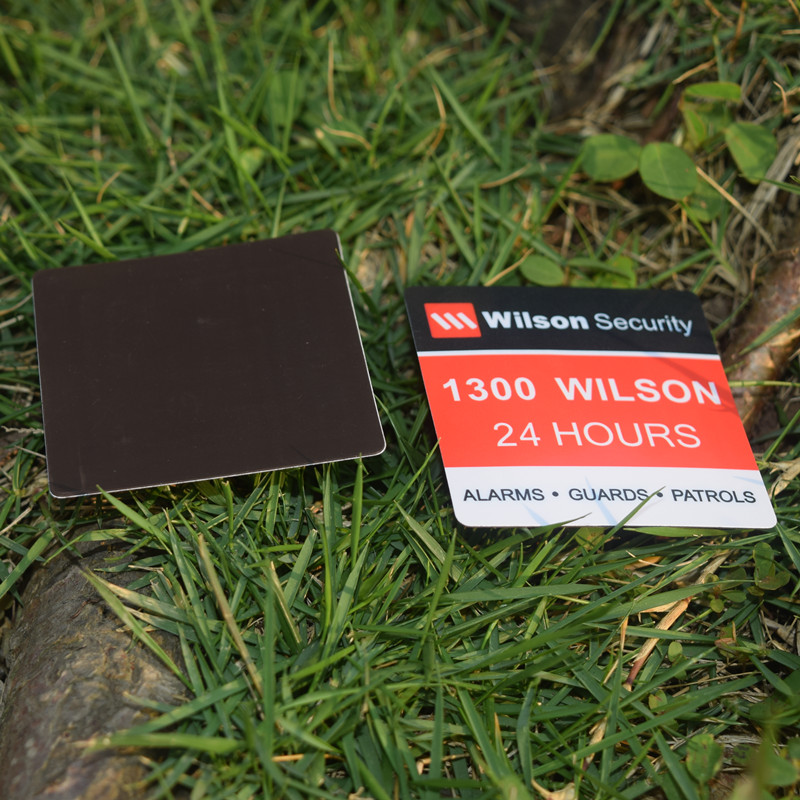
The Best Uses for RFID Coin Tags in 2025
RFID Coin Tags are transforming industries in 2025, enhancing efficiency, security, and sustainability in retail, logistics, healthcare, manufacturing, and more.
| Feature | RFID | Barcode |
|---|---|---|
| Contact Needed | No (works through obstacles) | Yes (requires line of sight) |
| Data Capacity | Up to 8KB (rewritable) | ~20 characters (fixed) |
| Batch Reading | Hundreds of tags simultaneously | One at a time |
| Durability | Waterproof, anti-magnetic | Easily damaged |
Newest trends and common knowledge in RFID laundry tags.

RFID Coin Tags are transforming industries in 2025, enhancing efficiency, security, and sustainability in retail, logistics, healthcare, manufacturing, and more.

Compare NFC tags, RFID tags, and smart cards to see which contactless payment tech offers the best security, performance, and reliability.

Discover the versatility of NTAG213 NFC inlays for tracking and engagement. Enhance security, streamline operations, and boost brand visibility effortlessly!

As one of the top RFID Tag manufacturers in China, we specialize in high-quality RFID Tag and other RFID products designed to meet the diverse needs of various industries.
@ 2024 RFID Laundry Tag. All right reserved.
Didn’t find what you want? Ask our manager for help!